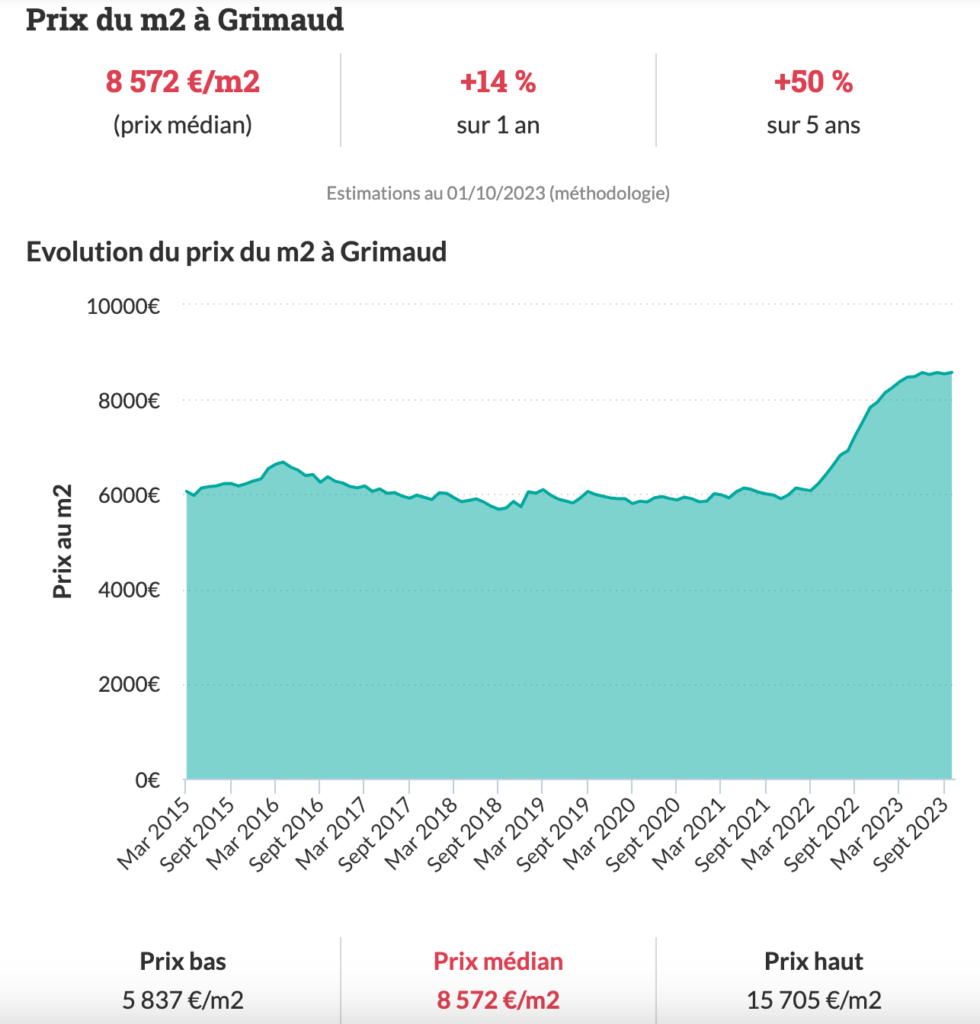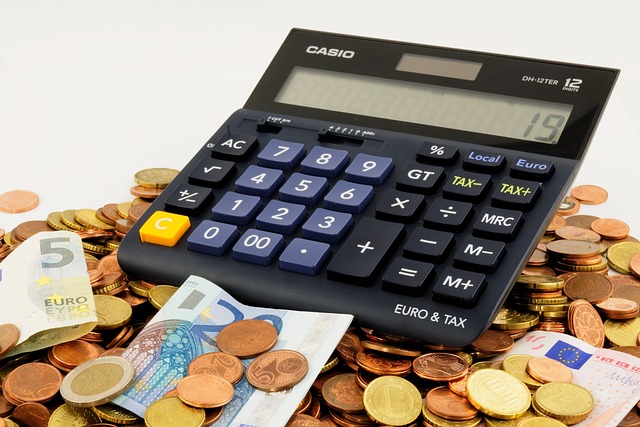Dans le paysage complexe de la consommation énergétique, le choix entre un contrat
d’énergie fixe et variable revêt une importance cruciale. Alors que les variations du
marché impactent directement les factures, il devient essentiel de comprendre les
différences entre ces deux contrats. Cet article se propose de guider le lecteur à travers
cette prise de décision délicate.
En explorant les avantages et inconvénients des contrats fixes et variables, l’objectif est
d’armer le consommateur d’informations essentielles pour qu’il puisse choisir un
contrat adapté à ses besoins et à son profil de consommation.
Contrat d’énergie fixe : Avantages et inconvénients
Le contrat d’énergie fixe offre une stabilité financière en fixant un tarif constant sur une
période déterminée. Pendant cette période, les tarifs demeurent inchangés, offrant aux consommateurs une prévisibilité budgétaire appréciable.
Ce type de contrat concerne le gaz et l’électricité, mais d’un fournisseur à un autre en
Belgique, le prix du KWH varie. C’est pour cela qu’il est important de comparer les prix
de l’électricité et du gaz avant de signer un contrat, afin de faire le meilleur choix pour
sa situation, en prenant en compte des critères comme le prix, les avis et les différentes
options disponibles.
1. Avantages
Stabilité des coûts et prévisibilité budgétaire : L’un des principaux atouts du contrat
d’énergie fixe réside dans la stabilité des coûts. Les consommateurs bénéficient d’une
tranquillité d’esprit, en connaissant à l’avance le montant de leurs factures, ce qui
facilite la gestion budgétaire.
Protection contre les fluctuations du marché : Face aux turbulences du marché de
l’énergie, les souscripteurs de contrats fixes sont à l’abri des hausses soudaines,
garantissant une protection contre les aléas économiques. Ces aléas sont liés à la
crise énergétique, en Belgique, il est difficile d’anticiper les augmentations ou les
baisses. Il s’agit plus de faire un suivi de l’évolution des prix de l’énergie au jour le jour,
que ce soit pour le gaz, l’électricité ou encore le mazout.
2. Inconvénients :
Possibilité de payer plus cher si les prix du marché baissent : En effet, cette stabilité
comporte un revers : si les prix du marché diminuent, les consommateurs sous contrat
fixe peuvent payer plus cher que ceux sous contrat variable.
Engagements contractuels à considérer : les contrats fixes impliquent souvent des
engagements contractuels à long terme. Ceux-ci peuvent poser des défis en cas de
changement de situation du consommateur, nécessitant une attention particulière
avant la souscription. Surtout pour les logements tels que les locations saisonnières, où
vous ne contrôlez pas la nature de l’occupation sur l’année du logement, que ce soit une famille, un individu seul ou qu’il soit complétement inoccupé.
En pesant ces avantages et inconvénients, les consommateurs pourront prendre une
décision éclairée quant au choix de leur contrat d’énergie.
Contrat d’énergie variable : Avantages et inconvénients
Le contrat d’énergie variable se distingue par son tarif fluctuant, directement influencé par les variations du marché de l’énergie. Les consommateurs souscrivant à ce type de contrat sont exposées aux fluctuations des prix, ce qui peut impacter directement le montant de leurs factures.
1. Avantages
Potentiel d’économies si les prix du marché baissent : L’un des principaux atouts du
contrat d’énergie variable réside dans son potentiel d’économies lorsque les prix du
marché diminuent. Les consommateurs peuvent ainsi bénéficier de tarifs plus
avantageux en période de baisse des coûts énergétiques.
Flexibilité en cas de changements dans la consommation : La nature variable du
contrat offre une flexibilité appréciable pour les consommateurs dont les habitudes de
consommation évoluent, permettant d’ajuster les coûts en conséquence.
2. Inconvénients
Risque de coûts imprévus en cas de hausse des prix : Cependant, ce potentiel
d’économies s’accompagne du risque inverse. En cas de hausse des prix du marché, les
consommateurs sous contrat variable peuvent faire face à des coûts imprévus plus
élevés.
Impact sur la stabilité budgétaire : La variabilité des tarifs peut également compromettre la stabilité budgétaire, posant un défi pour ceux qui recherchent une
prévisibilité dans leurs dépenses énergétiques.
En évaluant attentivement ces avantages et inconvénients, les consommateurs
pourront déterminer si le contrat d’énergie variable correspond à leurs besoins et à leur tolérance au risque financier.
Comment choisir entre les deux contrats ?
De toute manière, au moment de souscrire à son contrat d’énergie en Belgique, il faut
choisir entre un contrat d’énergie au prix fixe et variable. Le consommateur peut
prendre une décision éclairée en considérant plusieurs facteurs cruciaux. Ce qui lui
permettra d’avoir une option avec un tarif adapté à ses consommations.Analyse des habitudes de consommation : consommation
régulière vs. fluctuante.
1. Analyse des habitudes de consommation : consommation régulière vs. fluctuante.
Consommation régulière : Les personnes aux habitudes de consommation stables
peuvent bénéficier de la prévisibilité des contrats fixes. À l’inverse, ceux avec des
fluctuations significatives dans leur consommation pourraient tirer avantage de la
flexibilité des contrats variables.
2. Évaluation du niveau de tolérance au risque financier.
Tolérance élevée au risque : Les individus prêts à prendre des risques pour des
économies potentielles peuvent opter pour un contrat variable. Pour ceux préférant la
sécurité financière, le contrat fixe offre une stabilité rassurante.
3. Considération des prévisions du marché énergétique.
Analyse des tendances du marché : Une prévision attentive des fluctuations futures des prix énergétiques peut orienter le choix du contrat. Si les prévisions indiquent une
stabilité ou une baisse des prix, un contrat variable peut être avantageux, tandis qu’une
hausse future peut favoriser le choix d’un contrat fixe.
En pesant ces aspects, les consommateurs seront mieux équipés pour choisir le contrat
d’énergie aligné sur leurs besoins et préférences individuels. En effet, cela dépend
également de la nature de votre logement, que ce soit votre résidence principale ou de votre résidence de vacances. En fonction de la fréquence d’habitation de ce dernier, un choix peut être plus pertinent qu’un autre.
En conclusion, le choix entre un contrat d’énergie fixe et variable dépend des besoins et préférences individuels. Nous avons examiné les avantages et inconvénients de
chaque option. Encourageant la réflexion personnelle, il est crucial de considérer les
habitudes de consommation et la tolérance au risque.
De plus, la révision régulière du choix en fonction des évolutions personnelles et du marché garantit une adéquation continue. Ainsi, prendre une décision éclairée demeure essentiel pour une gestion énergétique optimale.








